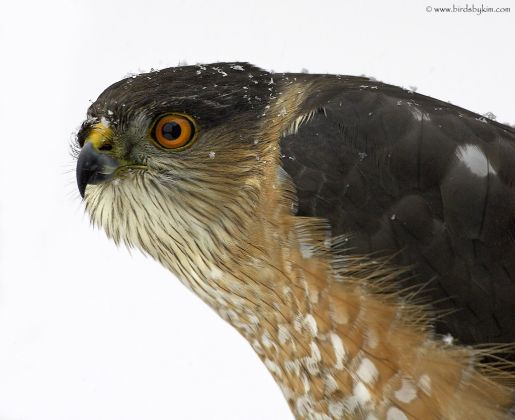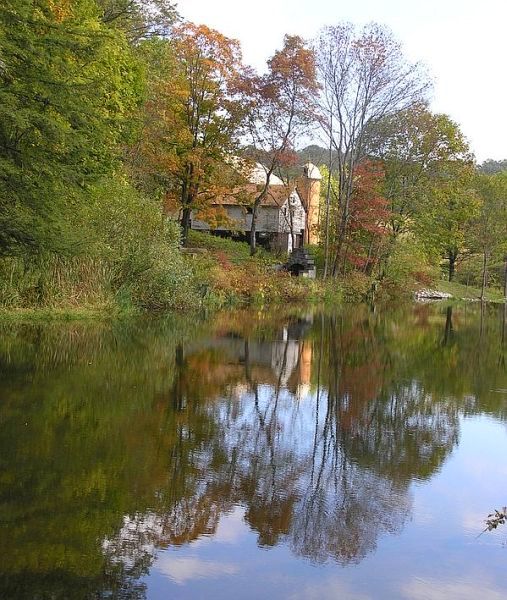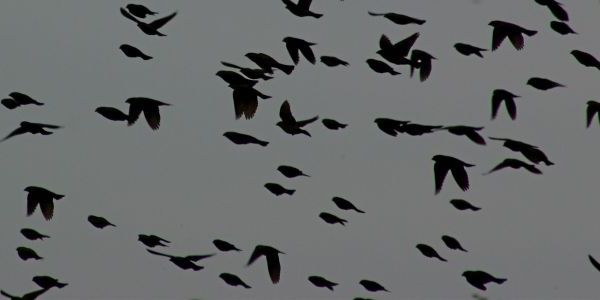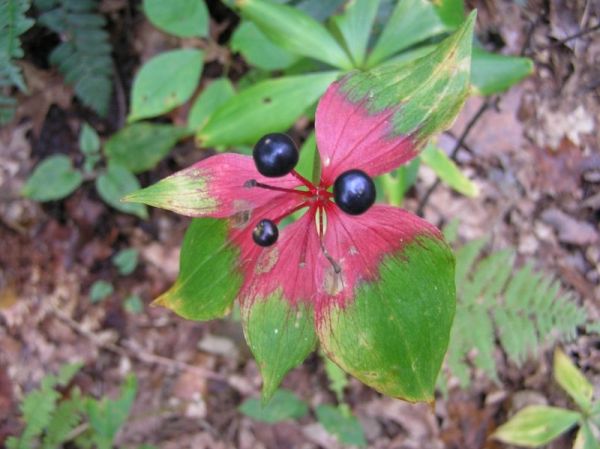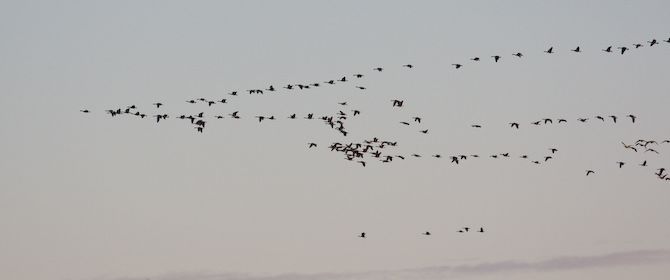
Canada Geese have been moving south for several weeks now. Yesterday morning I saw hundreds of them resting near Millers Ponds at Pymatuning. These geese are true migrants, probably just arrived from their breeding grounds in the southern James Bay region of Canada.
I mention them as migrants because in Pennsylvania we have plenty of resident geese. It seems hard to believe but the subspecies Branta canadensis maxima (Giant Canada Goose) was nearly extinct in 1900 due to overhunting and habitat change. Many states conducted reintroduction programs to help the geese along. The birds so did well that there are now nearly 290,000 resident maxima Canada geese in Pennsylvania and their population keeps growing despite a special hunting season instituted in 1992.
Why don’t our resident Canada geese migrate?
Geese travel in family groups which collect at staging areas to join larger flocks. The young geese learn their migratory paths from their parents. If their parents don’t migrate the whole family stays put. I’ll bet the geese that were reintroduced had no one to teach them to migrate so they and their descendants became residents.
Not so with the geese at Pymantuning. By 5:00pm when I left Linesville all the migrant geese were gone.
(photo by Cris Hamilton)
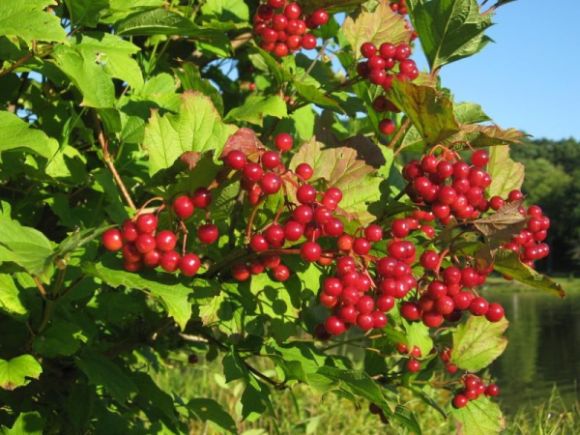

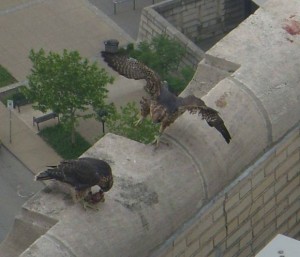 Sad news.
Sad news.